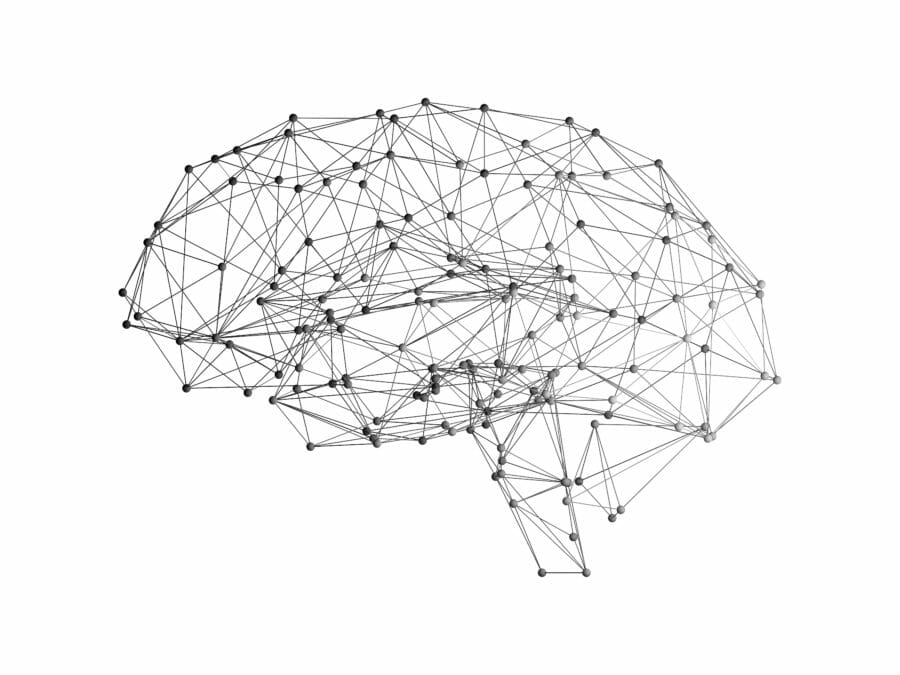Artificial intelligence (AI) and machine learning (ML) have been transforming our world for some time now, but the year 2020 has given these two game-changers new opportunity and urgency — with even greater developments anticipated in 2021.
Covid-19 has clearly been a catalyst, upending business from the office to the manufacturing floor, and from product innovation to consumer preferences. Here is what to expect from AI and ML as the world continues to adapt in the year ahead:
AI will drive cloud innovation
AI-based applications and services are both driving cloud adoption, and benefiting from its popularity. Like so many other virtual services, AI is cost-effective in the cloud, and companies will continue to benefit from this in the new year.
AI is being embedded into enterprise cloud applications at rapid rates, alongside major cloud providers offering AI and ML services within their environments as a service. For enterprises that maintain the bulk of their data in the cloud, quick access to AI and ML will deliver functionality and value in new ways. Conversely, organisations that are committed to on-premises infrastructures will either have to spend for their own AI tools, or possibly fall behind.
AI, in fact, may finally become the “killer app” for organisations that, for practical or security reasons, were not early cloud adopters. Finance and healthcare are two industries that are rethinking their strategies on this front. Since the outbreak of Covid-19 for instance, healthcare has discovered the value of AI to analyse and anticipate changes in infection rates, equipment deployment, personnel utilisation, and even therapeutics. Finance has realised the value of adopting cloud technology with AI capabilities to conduct rapid financial planning and forecasting when budgets were in a constant state of flux. This kind of analytical strength will only become more essential in the coming year. IDC forecasts that spending on AI technologies will grow to $97.9 billion in 2023 — more than two and a half times the spending level of 2019.
Can we automate data quality to support artificial intelligence and machine learning?
AI will focus on usability
In its earliest forms, AI wasn’t about ease of use — it was about the algorithms. But today, many AI-enabled applications are increasingly focused on usability. In an ideal world, users won’t have to know they’re using AI at all – it will be seamless.
Frictionless AI and ML is already a part of many types of business platforms. In business intelligence (BI) applications, AI and ML are providing insight for users with very little friction. Many applications are evolving to identify what the person is trying to accomplish, and then automatically support it with AI. This ease-of-use will be incredibly valuable to non-technical users.
Platforms supported by AI are beginning to ‘coach’ users to better conclusions by working unobtrusively in the background. By interrogating huge amounts of data, looking for anomalies and trends, and then presenting results in the proper business context, AI and ML are going to facilitate the decision-making process for users at all levels in 2021.
AI will benefit from the data explosion
The continuing proliferation of IoT devices, combined with faster microprocessors and the advent of 5G, will soon result in the continued exponential growth of data — and AI and ML developers will be making the most of it.
Yet IoT is just the start of this revolution. More types of data will be available than ever before, from more types of devices. The new iPhone 12 is a perfect example. Incorporating lidar (light detection and ranging) technology, the iPhone 12 supports not only depth capture of rooms and scenes up to five metres away, but also a range of augmented reality apps. Lidar is also being used extensively in drones and robotics.
To leverage data from lidar and other technologies, many apps and cloud platforms are coming on the market with native AI capabilities. In a survey of AI adopters, 74% agree that AI will be integrated into all enterprise applications within three years. AI will enable these apps, and the devices that incorporate them, to generate new services, new insights, and deeper kinds of knowledge.
Is it time for an integrated automation platform for RPA?
AI will instill more confidence
Artificial intelligence has come a long way in recent years in terms of acceptance and trust. As AI and ML uses proliferate in 2021, that comfort level will increase.
There has been a robust debate around the ethical challenges of AI and ML, and most companies have responded well in how to use the technologies effectively. As a result, people are starting to see that AI enables workers to reach greater potential instead of replacing them.
As remote and hybrid workplaces become commonplace, for example, AI is fostering collaboration by supporting team dynamics. It enables those in a team meeting to parse out insights from a prior meeting, bringing people up to speed quicker. It can also draw attention to specific intersections of huge datasets, in order to facilitate issue resolution.
What organisations should expect next in the evolution of data
AI will bolster predictive power
2020 won’t soon be forgotten. As the entire world focused on the Covid-19 scourge, data was collected, organised, and interrogated at a size and scale never seen before.
AI tools have evolved during this historic period to draw conclusions and drive critical responses on a daily basis. Sophisticated data models enable officials to drill down to second-by-second information about regions, counties, and communities. Even more transformative is the way AI and ML can foresee changes that impact policymaking, resource planning, vaccine deployment, and more.
There is reason for optimism in 2021 on multiple fronts. Covid-19 may go into decline in the coming year — and with a coordinated effort, the worst may be over. However, even after the pandemic is behind us, there will be other problems and new global challenges. One thing is certain: AI will be there, helping us to find solutions.











